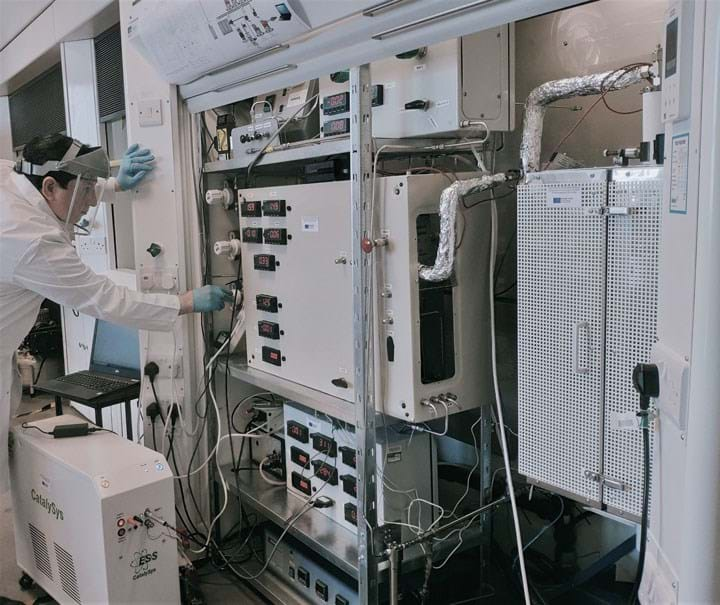Catapulting the Hydrogen Economy: Catalytic Membrane Reactors
Humbul Suleman and colleagues explain how refinements to a decades-old technology can provide clean, cheap hydrogen
WHILE THE world’s future is currently being shaped by an enraging pandemic, the roadmap to a clean, safe, and liveable planet is still a priority for many governments. Countries around the world have now started to realign their energy futures with the decarbonisation plans of the Paris Agreement. With the push for developing renewables, improving efficiency, and reducing greenhouse gas emissions, engineering and energy processes are undergoing a revolution.
The struggle for clean, safe, and reliable energy sources was led by electrification of many processes powered by renewables but left widening gaps – especially in the freight, aviation and industrial sectors – that could only be met by a chemical-based fuel: an alternative chemical fuel that does not produce greenhouse gases (GHGs), has similar energy density to the fossil fuels, is safe to store, and yet abundant enough to meet present and future energy demands.
Many options have been advocated, such as ethanol, biodiesel (biofuels), biogas (biomethane) and hydrogen. Hydrogen stands out due to its availability from feedstocks like water, that go beyond bio-based resources. Hydrogen has not merely been classified as a fuel; it is considered an energy carrier, one that could become the ultimate “green” energy carrier or vector, when produced from water, using renewable electricity. Its versatility is such that while it has been produced from fossil fuels over 100 years, it is now, finally, receiving serious consideration as a product from renewable sources like water and biomass. It is also useful to know that hydrogen has been a major player in a variety of industrial applications, and now, as the same applications continue to operate, hydrogen production will transition to a green renewable resource. A large number of industries, such as fertiliser, chemicals, steel, and transportation, can therefore continue to operate, but effectively be decarbonised.
Here we look at some promising research for hydrogen production using catalytic membrane reactors. While this may seem like revisiting the 1970s, the technology – combined with a carbon capture and storage option – is refined enough to provide clean, cheap and ample hydrogen for the future.

Recent Editions
Catch up on the latest news, views and jobs from The Chemical Engineer. Below are the four latest issues. View a wider selection of the archive from within the Magazine section of this site.




